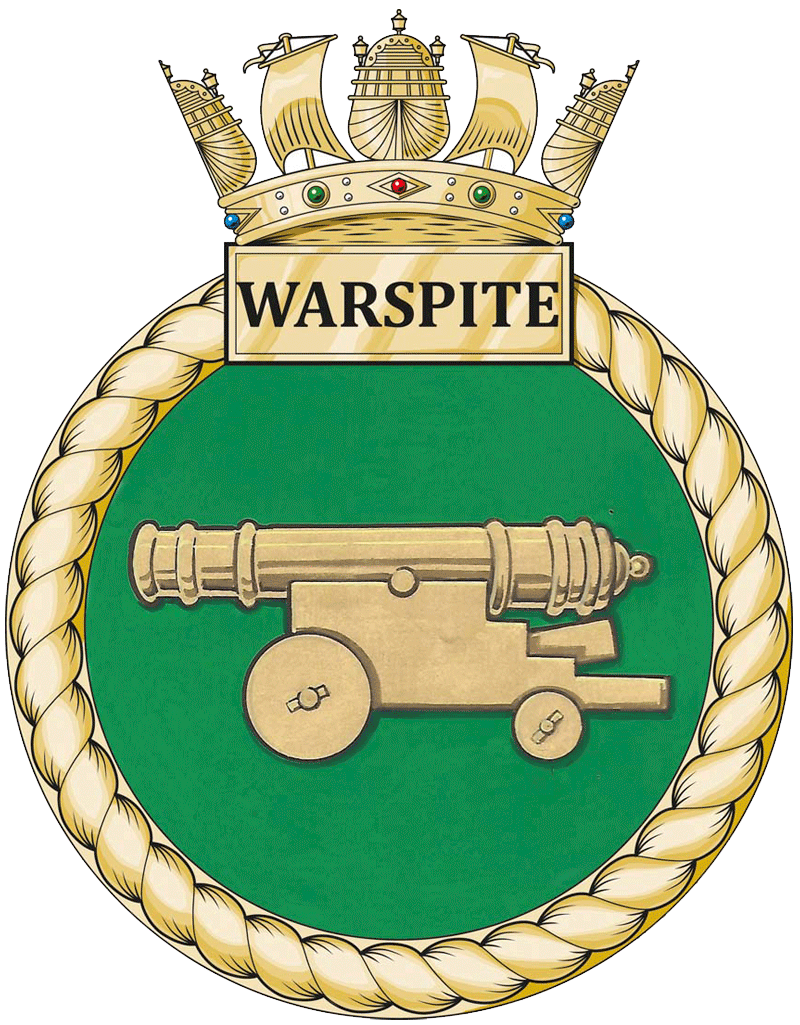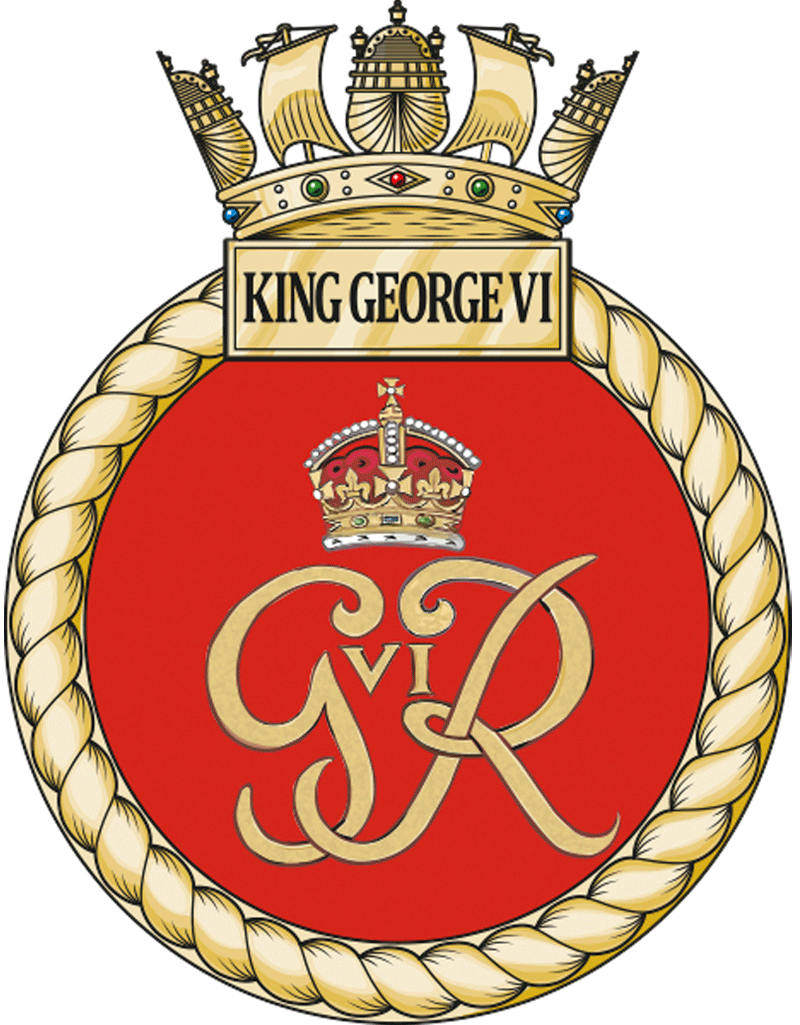Dreadnought
The Dreadnought programme is about the design, development and manufacture of four new Dreadnought class ballistic missile submarines.
When they enter service in the early 2030s, replacing the Vanguard Class, they will be the largest submarines ever operated by the Royal Navy.
The submarines are being built in 16 units, grouped into three ‘mega units’ (Aft, Mid and Forward) in order to optimise the overall build timeframe.
Each Dreadnought submarine is being built by BAE Systems Submarines in Barrow-in-Furness and their nuclear propulsion systems are being built by Rolls Royce Submarines in Derby.
The build phase for all four submarines will take approximately 20 years.
The Dreadnought Class – Key facts

Each submarine will be 153.6 metres long – the approximate length of three Olympic swimming pools.

Innovative new lighting will allow the crew to simulate night and day – another first for a Royal Navy submarine.

130 crew, including 3 chefs and one doctor

The doctor on board each of the submarines will work from a designated sick bay. Here they’ll conduct routine check-ups, dispense medicines and could care for a major casualty if needed.

Each submarine will have modern gym facilities for the crew, including exercise bikes, rowers, weights, benches a running machine and cross trainer.

This is the first Royal Navy submarine to be built with separate female crew quarters, toilets and washing facilities.
The Dreadnought Class

HMS Dreadnought
HMS Dreadnought was the name of the UKs first nuclear-powered submarine, launched in 1960.

HMS Valiant
Valiant comes from the Valiant class of nuclear-powered fleet submarines in service with the Royal Navy from the mid-1960s until 1994.

HMS Warspite
Warspite goes back to 1595 and was the last ‘great ship’ to be built during the reign of Queen Elizabeth 1.

HMS King George VI
King George VI, named after the King’s grandfather, King George VI, has never been used before by the Royal Navy.